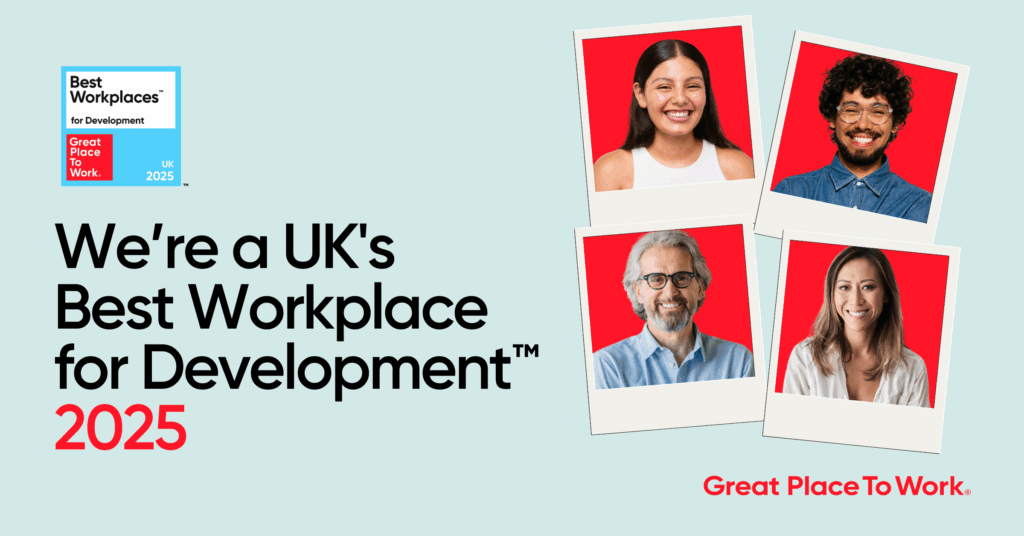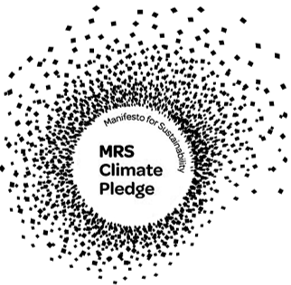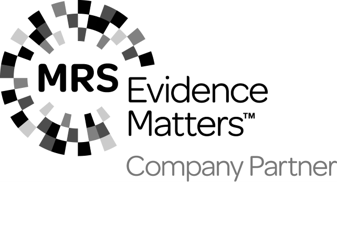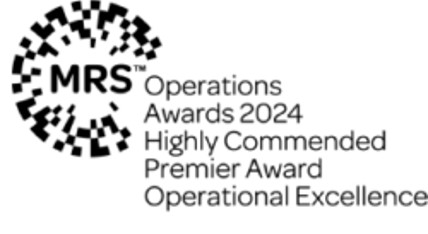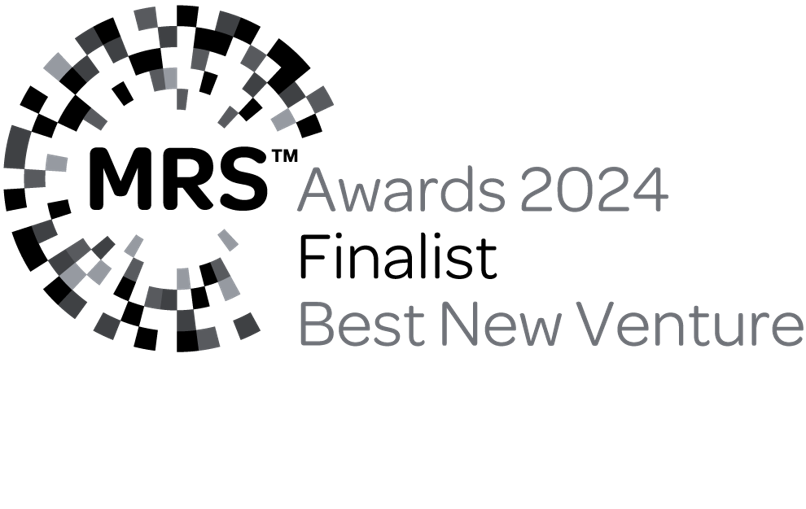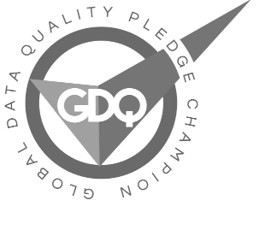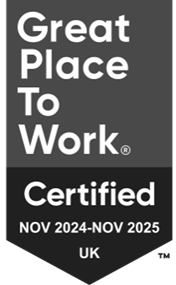Lots of reflections on Cannes pieces have been flying around recently. Manchester is rarely, if ever, compared to Cannes. It just doesn’t have the weather or the beaches. Barges are a far more common sight than luxury yachts.

What it does have in common with other great cities that aren’t Cannes, Newcastle, and Leeds is that it has acted as a fantastic hub for some of the finest creative and marketing minds to showcase their work and chew the fat on some industry hot topics. Kudos to Prolific North for staging the Northern Marketing Festival over three days last week, with each city taking a turn to host.
I was lucky enough to be in Manchester for the final day of the festival, and I am slightly kicking myself for missing out on the previous two days in Newcastle and Leeds.
Testing, testing, 1, 2, 3
Having worked in research and insight for the vast majority of my career, I’ve been conditioned to approach things from a research and insight angle. I was amazed that even though this wasn’t a “research” crowd, every person referenced the use of research and insight to aid their work and creativity. This might be through testing and iterating content until it reaches a point at which its creators know it will deliver an emotional response or grab attention. It might be running tests to identify the best channel for a specific audience or using audience insights to fuel rebranding exercises.
Research and insight are valued by the wider communications and marketing industry. They are a core component of the process for so many. I had underestimated this. It’s my fault that I’m often so preoccupied with the delivery that I forget about the impact that research and insight have. Creative and marketing agencies are filled with talented people striving to help solve client problems. To do this, they need to curate a rich tapestry of tools, resources, and data sources to deliver results to their clients.
B2C B2B or B2A-Z
Label, labels, labels – people are obsessed with labels and putting things neatly in boxes. I was fortunate that one of my first jobs was working at a pioneering special school, a genuinely amazing job. The pay was paltry, but the job was incredibly rewarding. Their success stemmed from their refusal to label pupils and instead focused on them as individuals, developing personalised learning plans that allowed each child to thrive and develop. It has always stuck with me, and ever since, I’ve tried my best not to let labels get in the way. They encourage assumptions and we end up cutting corners and limiting our expectations in terms of what can be achieved.
Imagine my delight when it came to discussing the merits of B2C and B2B marketing, what each discipline can learn from each other or, dare I say, which one is best. It was clear that using “B2C” and “B2B” as labels for marketing disciplines is bonkers. The panel quickly landed on this conclusion. “Good” or “successful” marketing isn’t based on these constructs. What is important is what the marketing seeks to achieve, whether tactical or strategic; what are we trying to get the person who sees it to do? We need to unpick the ambition and objectives of a brief and design our approach around that each time.
Human relationships are key
Sound the “this isn’t ground-breaking klaxon”. It turns out good old-fashioned human relationships really do work wonders. The best work is done when the client and agency gel and make a connection. A connection that allows them to be honest with one another, work hard for one another, allows them to tell it as it is, to share a mutual passion, to trust each other, and create something wonderful.
Nicola Docking, MD of Poke, and Janine Ross, Marketing and Communications Director at the National Football Museum, provided a fantastic insight into their partnership to rebrand the National Football Museum in Manchester recently. They walked us through the entire rebrand process, and the room was captivated by their passion for the project and the outcome they delivered.
It was clear that they both went the extra mile for one another, and as a result of doing so, Janine made an effort to fully and comprehensively brief agencies and support them throughout the tender process – setting expectations and giving clarity. Nicola and her team invested time (more time than Janine anticipated, it turns out) to create impressive work during the pitch process to showcase what Poke could do. I know there can be reticence from agencies to do too much during a pitch (there are no beans being exchanged at this stage, after all), but this emphasised that putting in the extra effort makes the difference.
It was a scorchio day by any standard, probably hotter than Cannes, but especially for Manchester, where we’re used to more than our fair share of drizzle. Did I really want to spend the day at a conference when the sun was blazing outside? Absolutely not.
Am I glad that I did? Absolutely yes.
It was a great conference, and I’m already looking forward to the 2025 edition.
Whether you’re curious about the role of research in creative processes, want to explore breaking down B2B/B2C boundaries, or are interested in building stronger agency-client relationships, then get in touch with Chris today.


